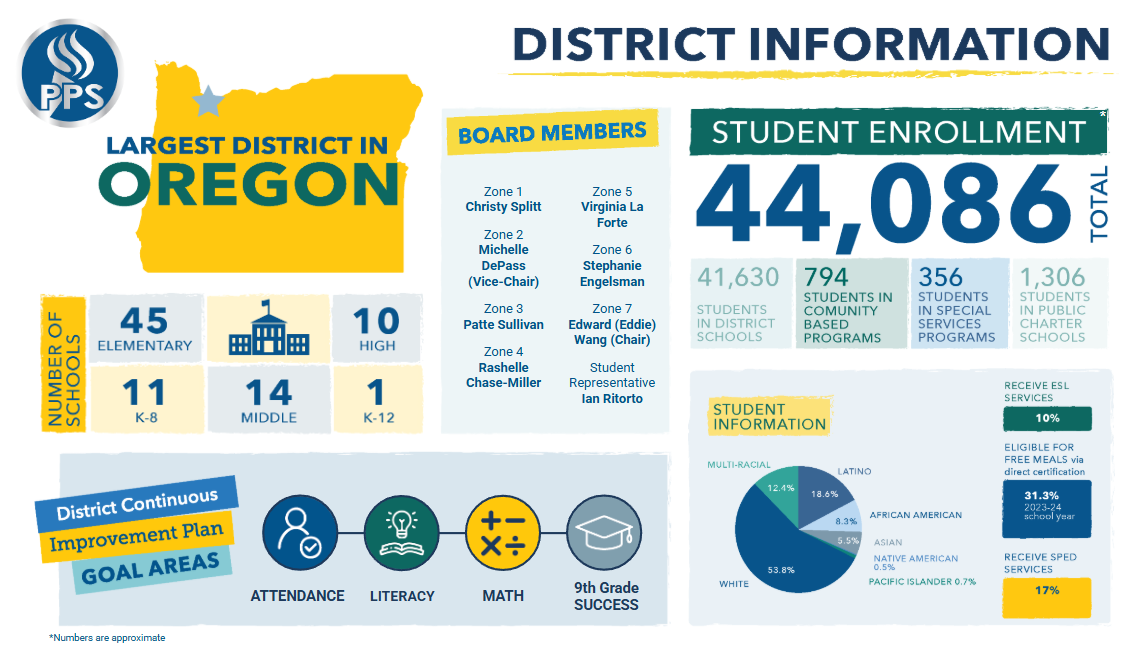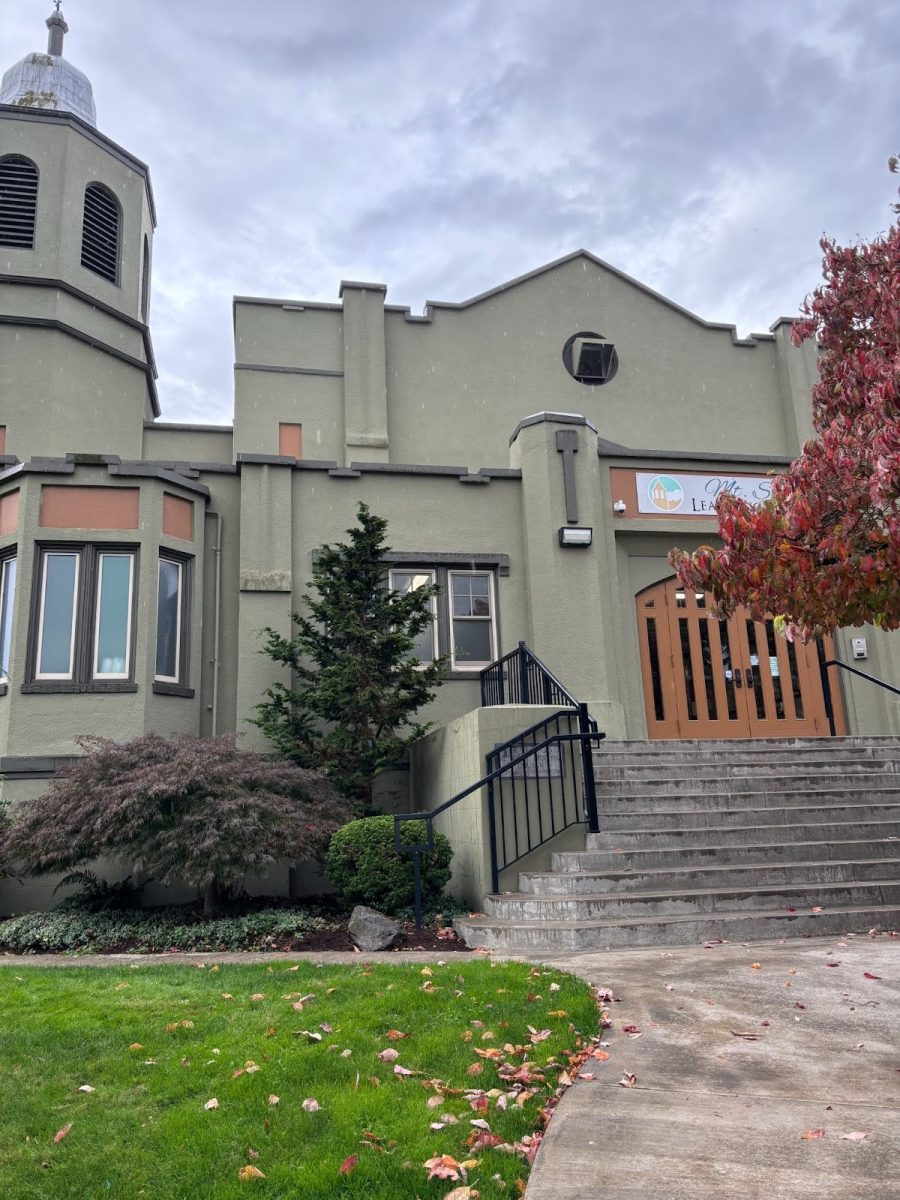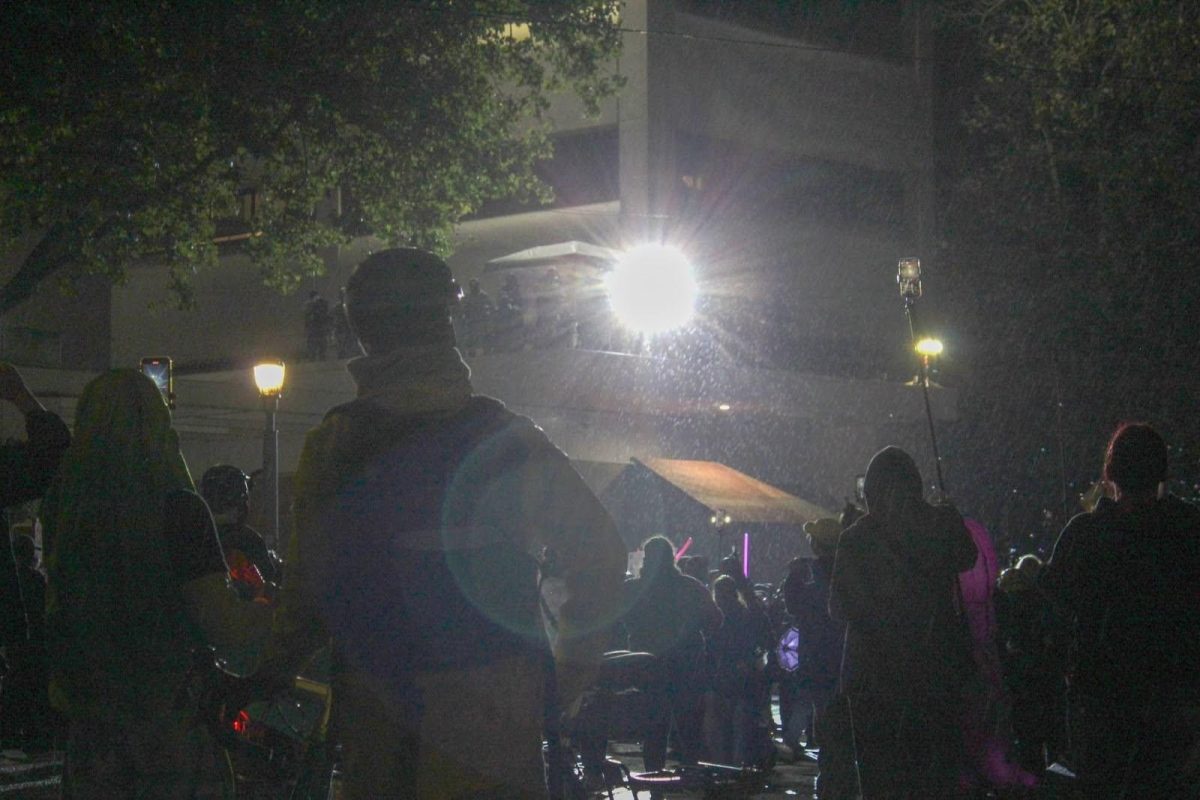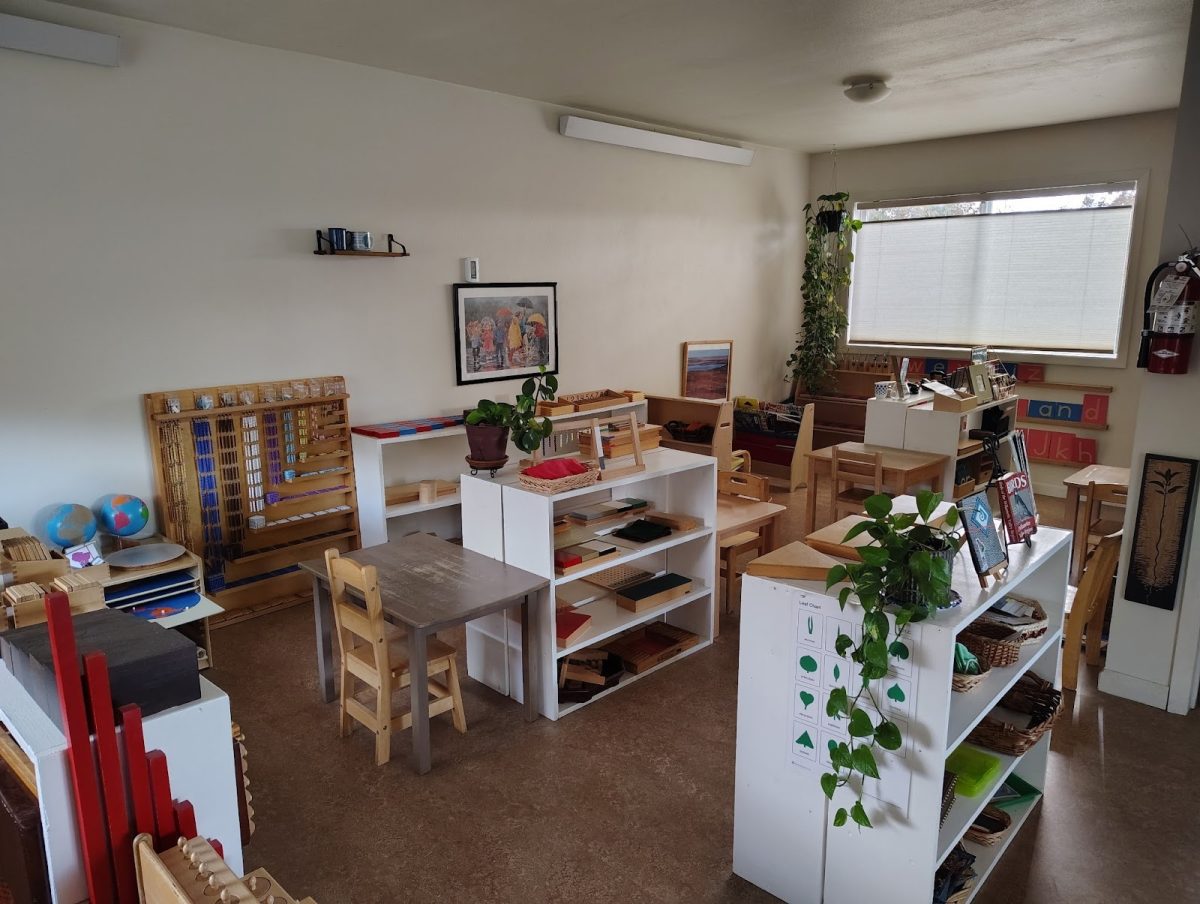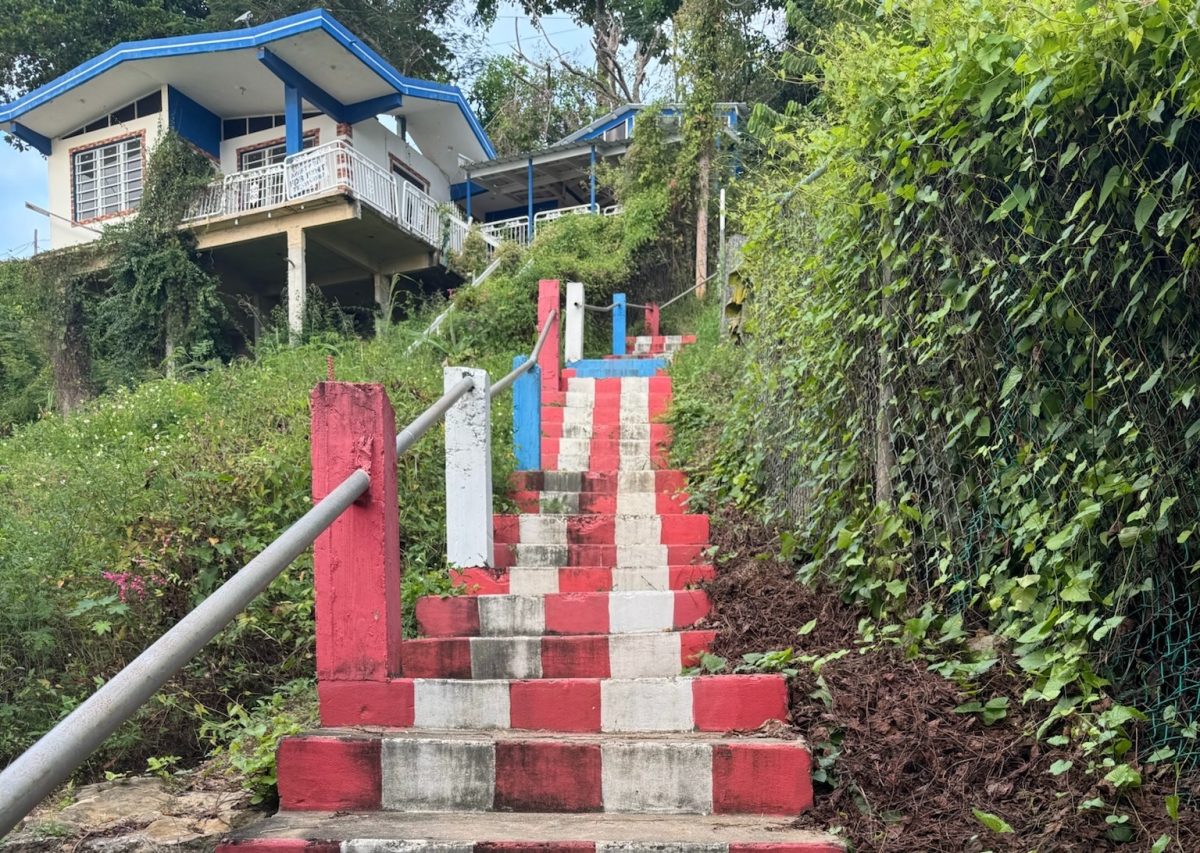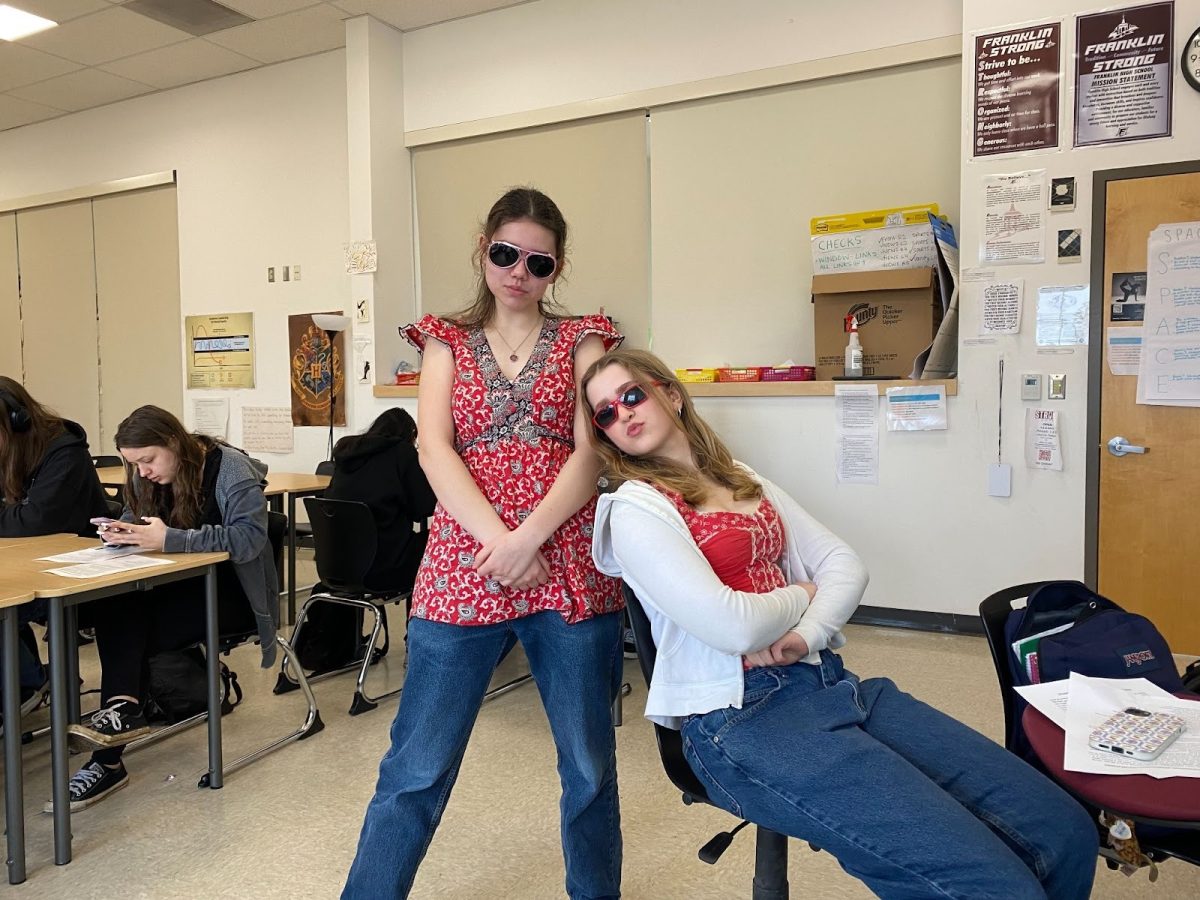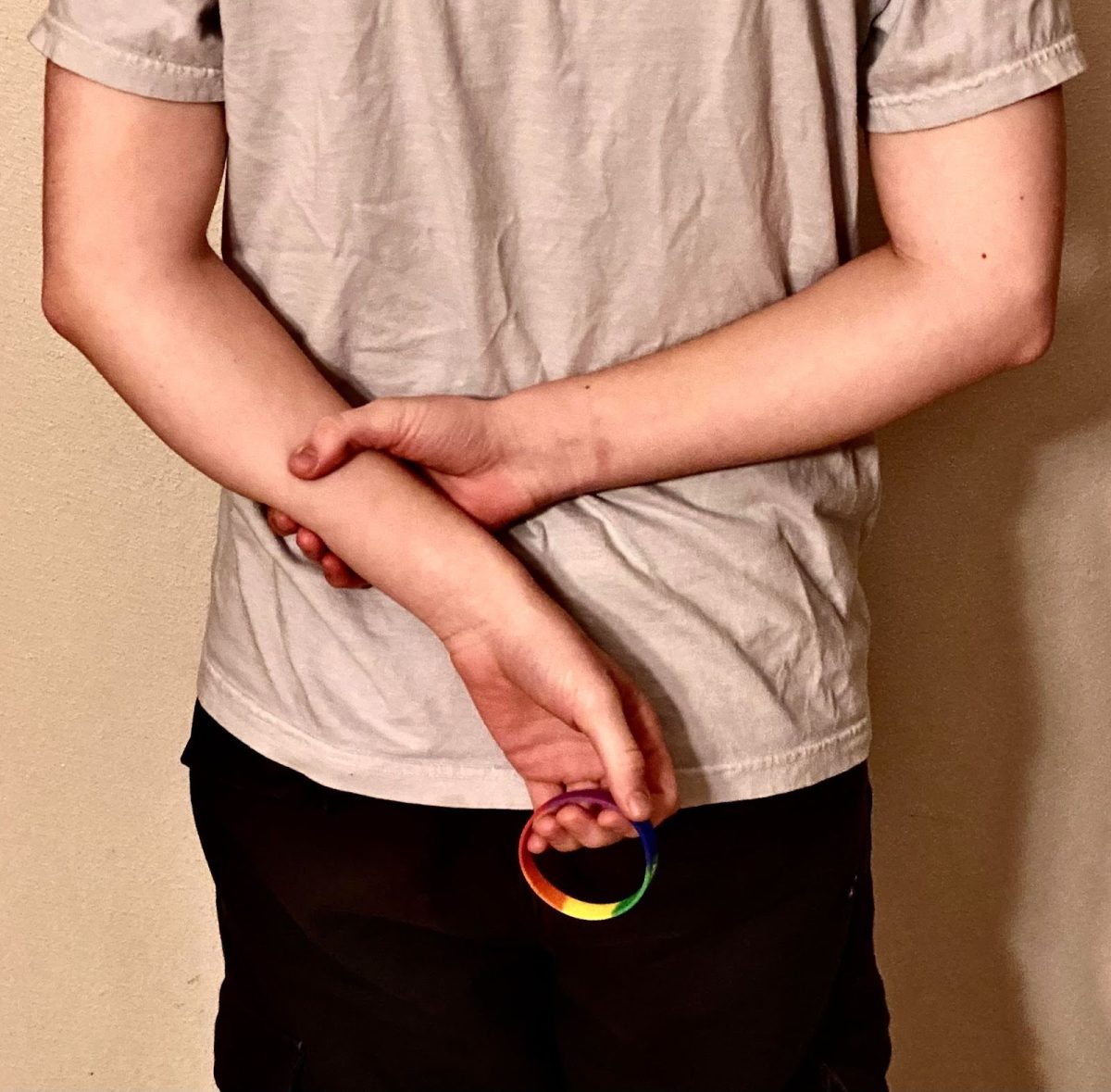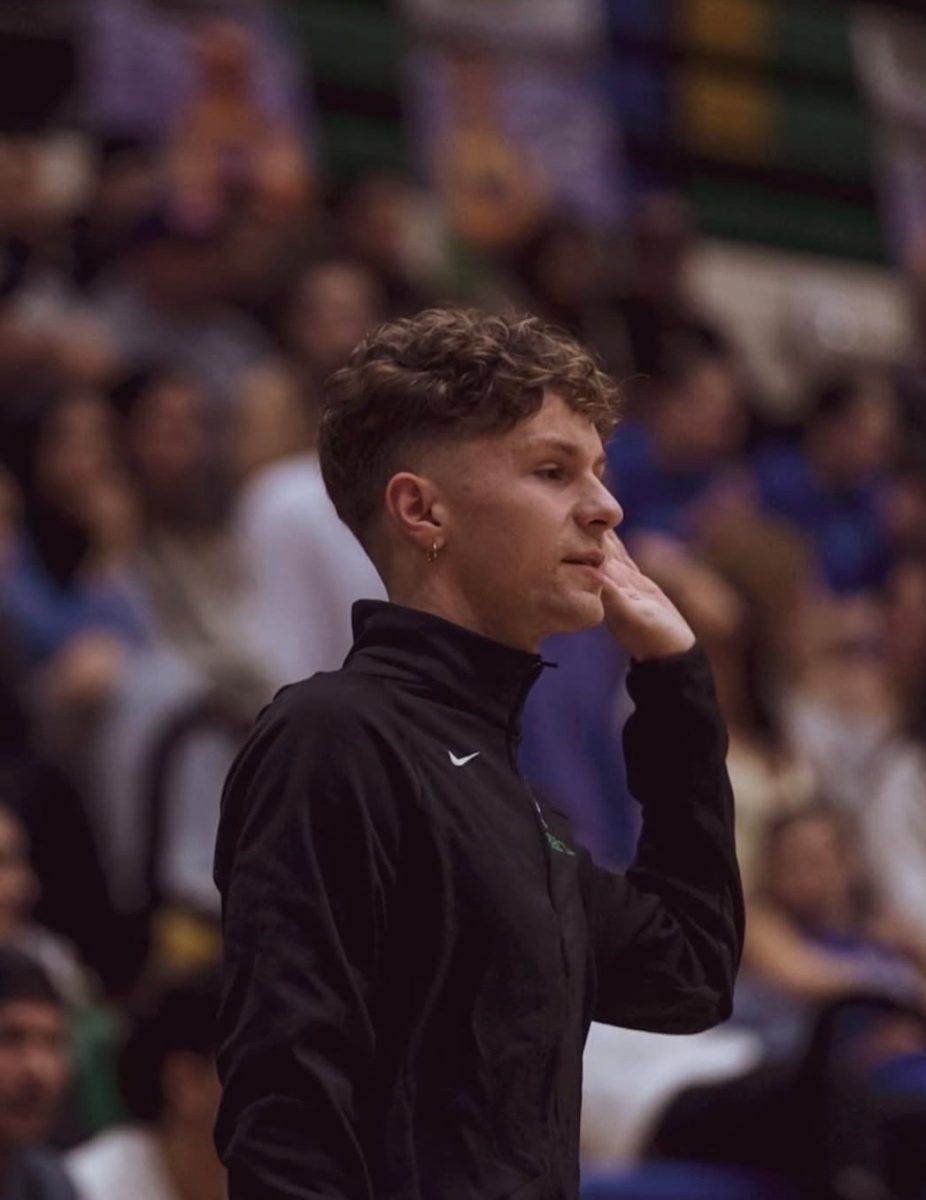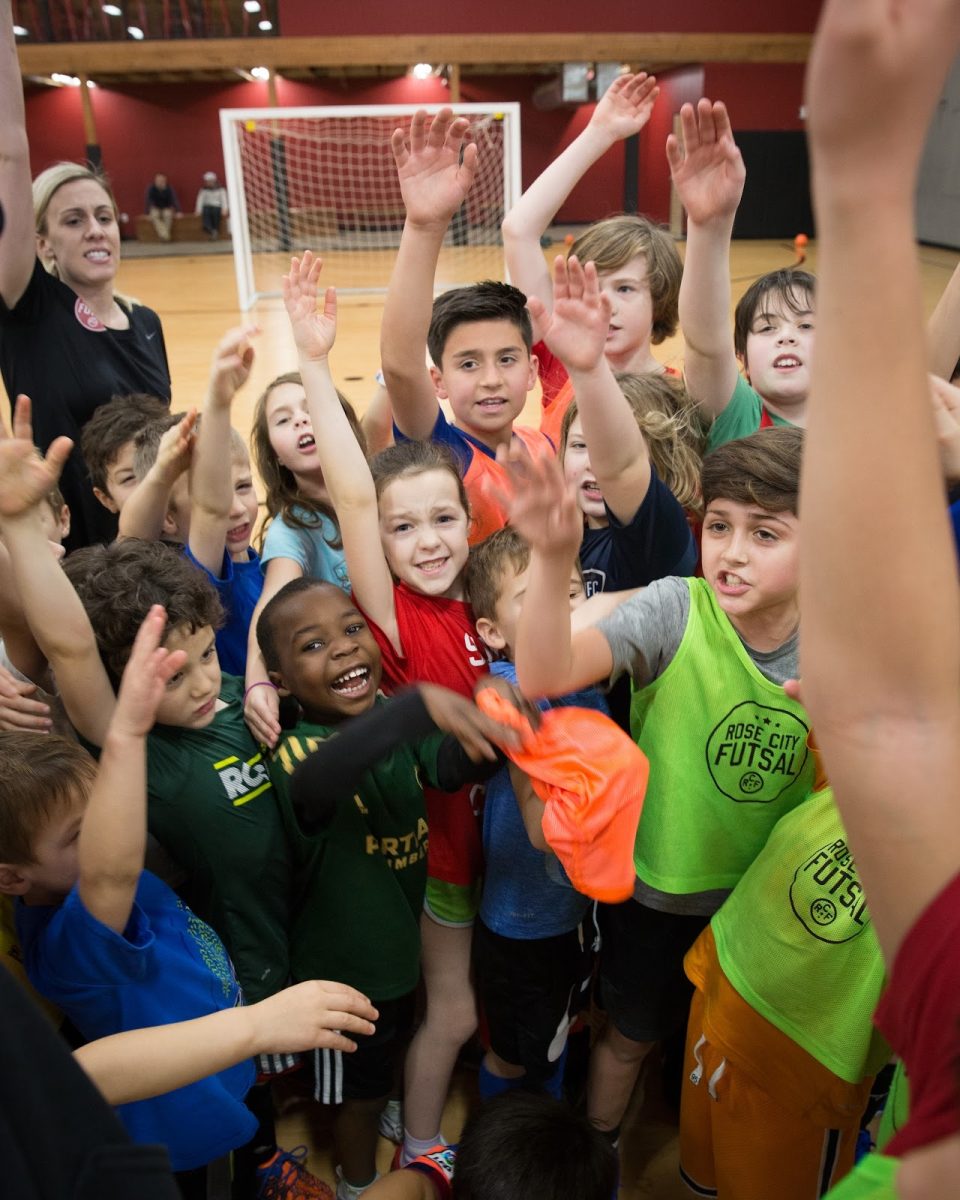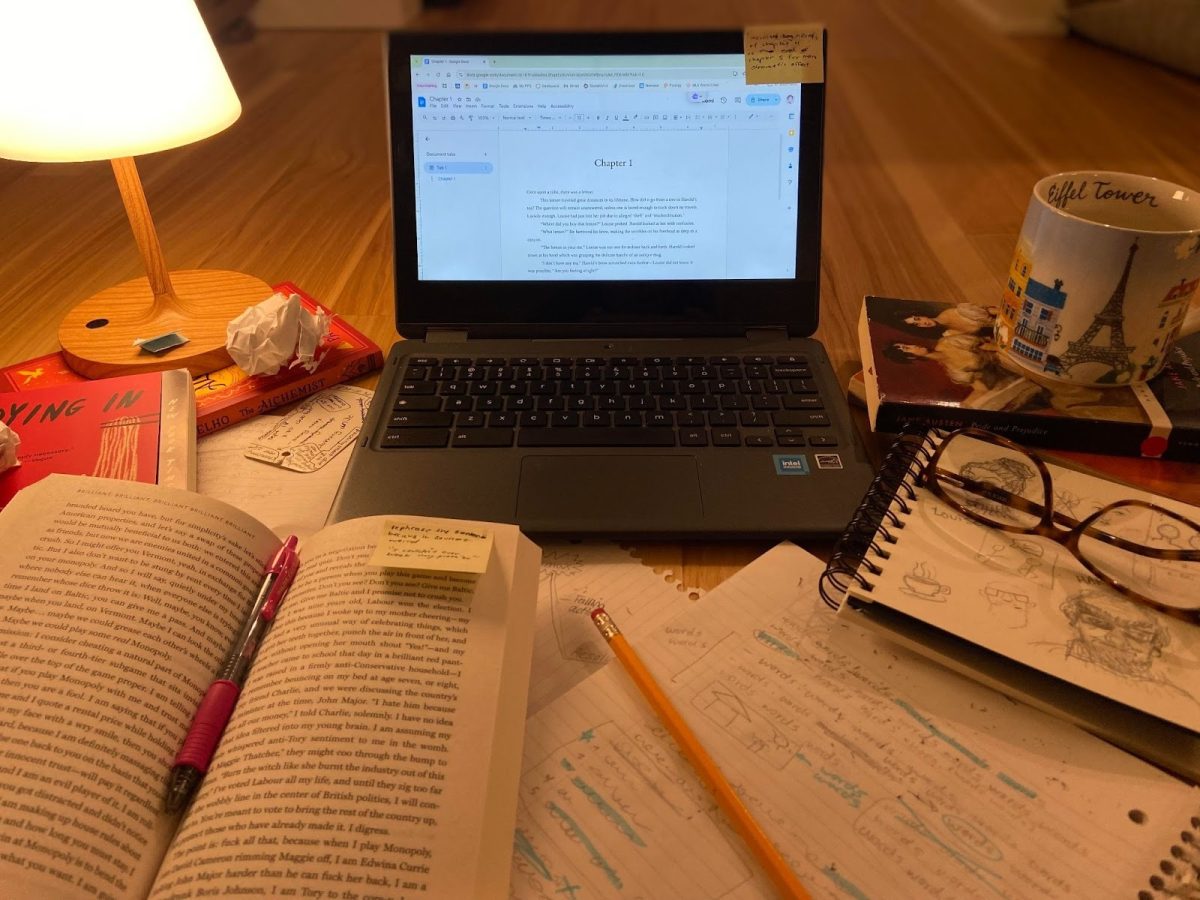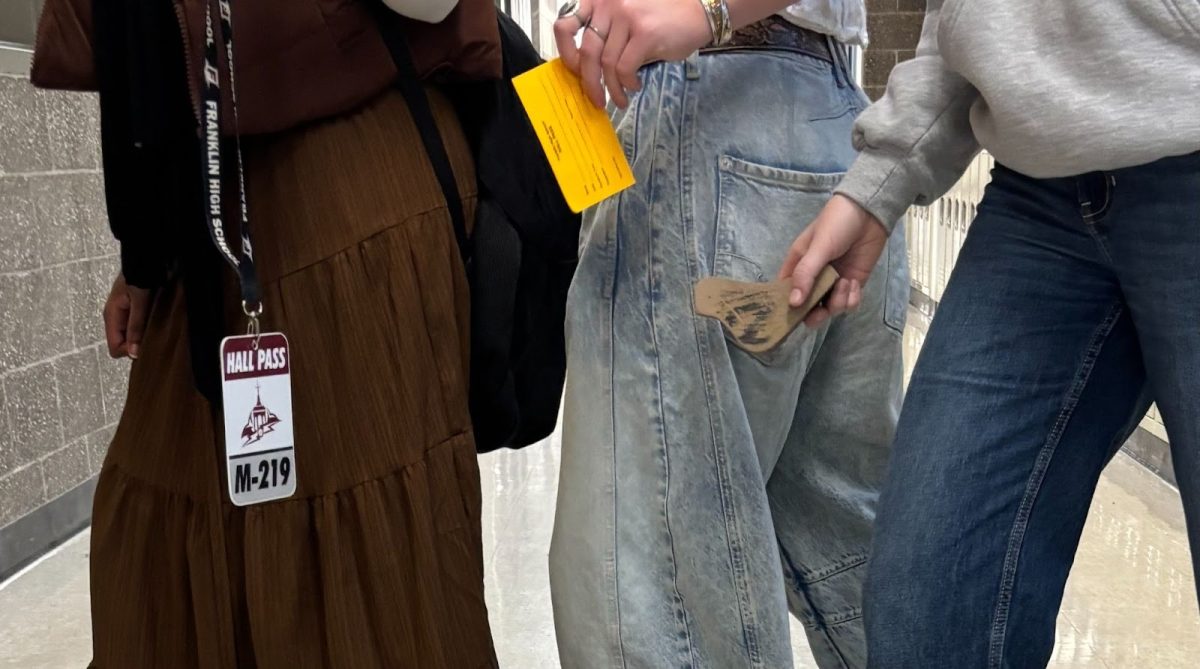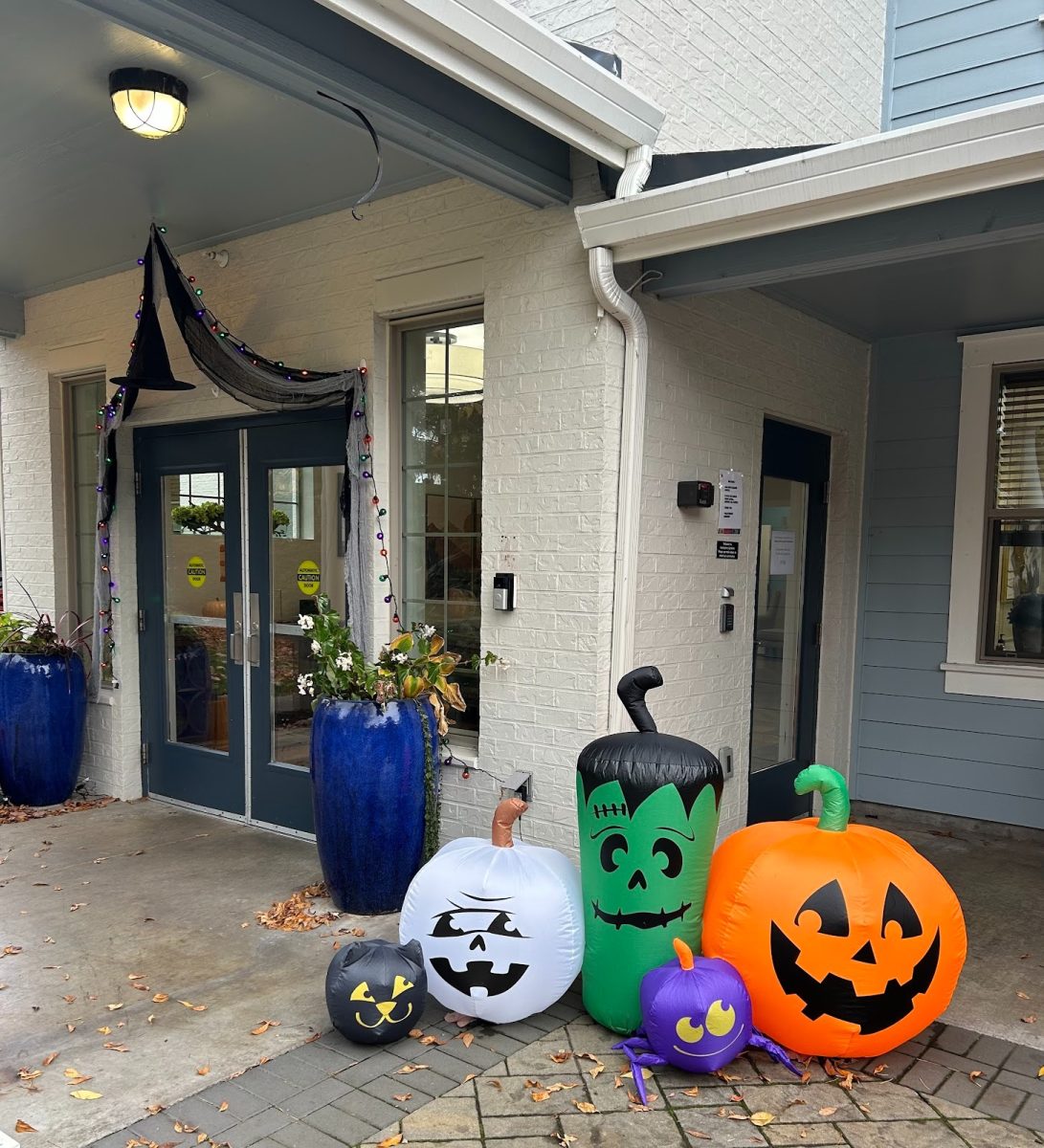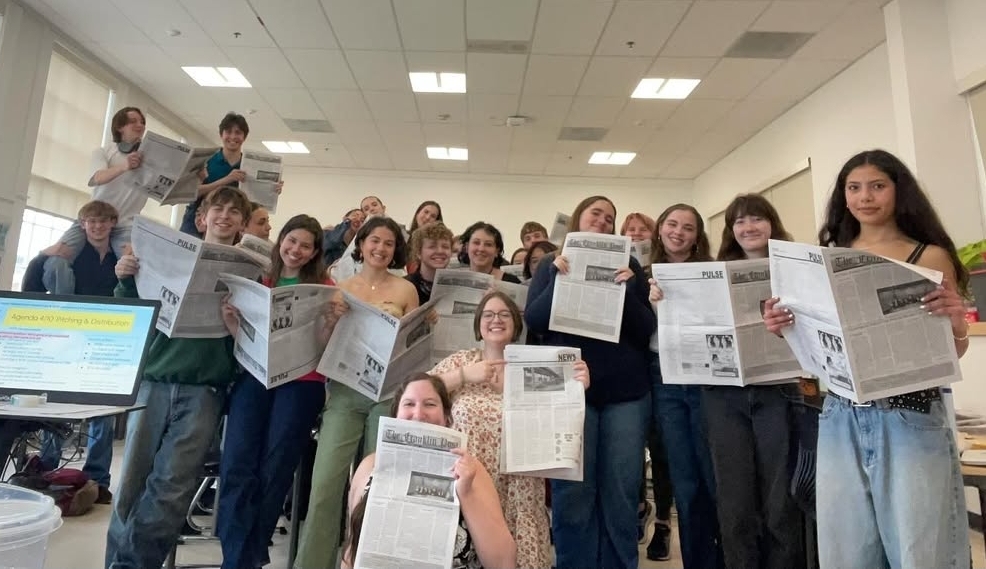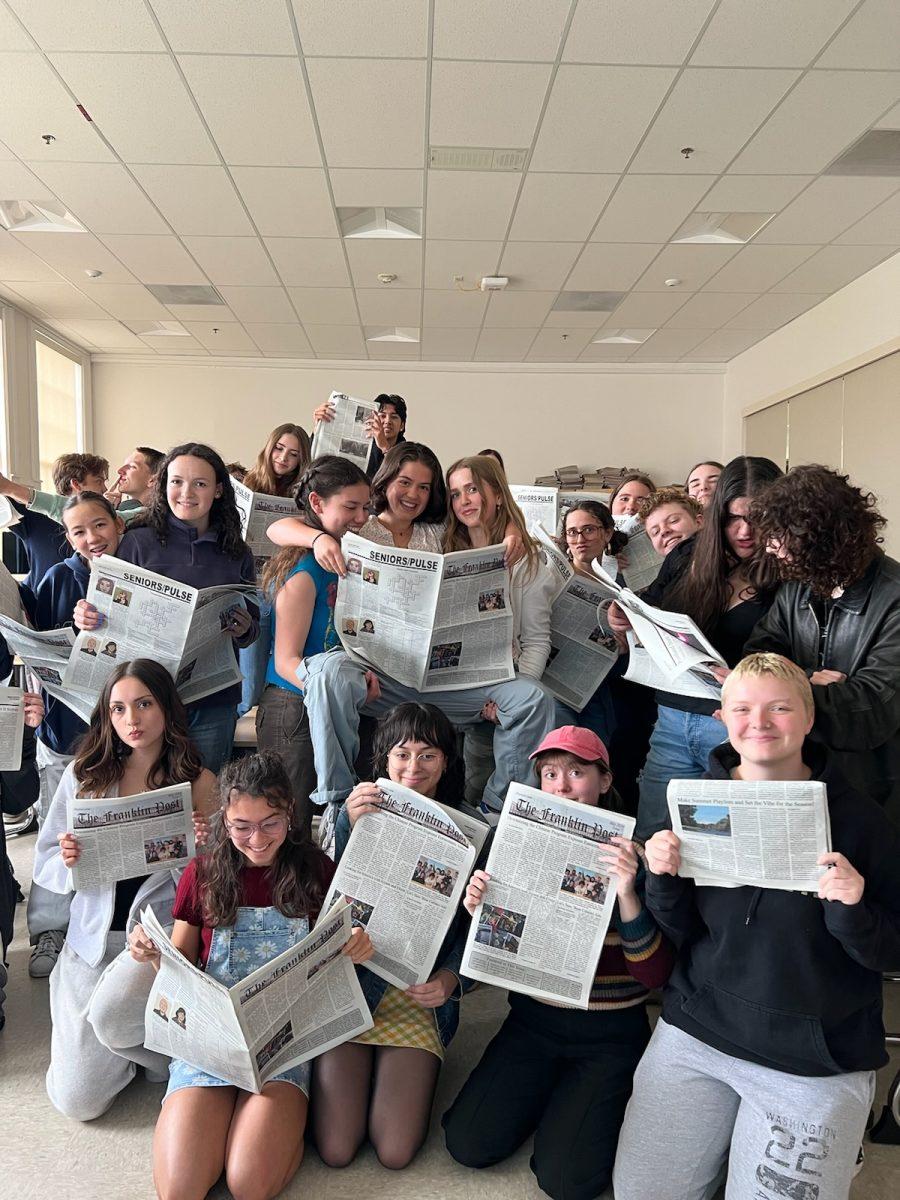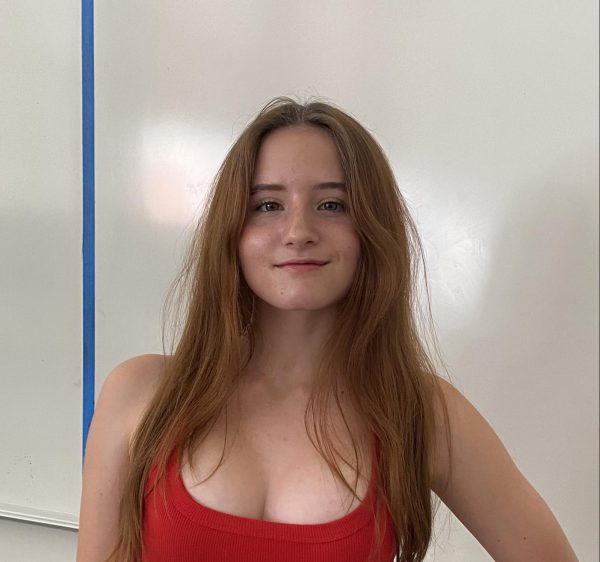
“We are looking at a 40 million dollar deficit [in the budget for school funding this upcoming year], and that does mean we will have to make reductions,” explained Superintendent Kimberlee Armstrong while addressing serious financial concerns for members of the Portland Public Schools (PPS) district during a press conference on April 23. Staff, students, and parents all have a right to be concerned about what the funding deficit could mean for schools going forward. In some ways, the deficit isn’t as large as it seems when accounting for the fact that it will be spread across all 81 schools in the district. On the other hand, these cuts will impact staff who work directly with students, which will have a ripple effect throughout PPS schools.
Michelle Morrison, PPS’ chief financial officer, explained that “about 80% of our expenditures are tied up in staff, wages, and assets.” This would mean that when enacting the necessary budget cuts, staff will be hit the hardest, since that’s where most of the budget is spent. When discussing cuts made to the budget for this upcoming school year, Morris outlined how “We can’t really trim off the light bill or certain supplies, so … there are a lot of people that were impacted by the staffing reductions.” She also explained how it is likely that the educators impacted by staff reductions in schools will be given part-time or compounded positions. This is true, but some are also at risk of being fully cut from their jobs.
Three main factors: inflation, limited funding, and lowered enrollment have caused both the deficit and the resulting concern over how it might impact the PPS Intensive Skills classrooms (ISC), which rely on paraeducators — who are now at risk of losing their jobs — to help support students. This program and its staff have an important and lasting impact on the students in special education classrooms and the many students with learning disabilities who may not be in ISC classes, but still benefit from the support and understanding of school staff. Paraeducators assist students with instructional and non-instructional tasks by “provid[ing] care, support, and build[ing] rapport with students to help them be successful and help[ing] them to have their needs met in the classroom,” explained Leighta Lehto, an ISC paraeducator at Franklin. Lehto also emphasized the importance of assistance in school, which “gives students who have different abilities and different neurodiversities the support they need to be successful.”
“Paraeducators already don’t get paid enough for what they do and how they support these students,” argued Lincoln District Student Council Representative Roseline Sandell, who has been a teacher’s assistant in ISC at both her middle and high schools. When she heard about the budget cuts, Sandell worried “that a lot of paraeducators, not just at … [her] school but at other schools [throughout PPS, will] leave their jobs because they can’t live off of being a paraeducator.”
Lehto also expressed concerns that a shortage of paraeducators could result in students with special needs not receiving enough support. Early support and understanding can help students understand that being different is not a negative, which is very important so that they can lead fulfilling lives, have the skills to stand up for themselves, and ensure that they receive the accommodations they need. A lack of paraeducators would leave students in special education without the support they need in childhood and adolescence.
Here, I can alleviate some concerns. Morrison can assure us that, “staffing for special education is driven by the number and needs of the students that we serve. That part of our budget was not reduced; caseloads remain the same.” This doesn’t mean that there won’t be an indirect impact, and Morrison acknowledges that “all school staff serve kids with IEPs or special abilities and learning, so they will be impacted in a more indirect way.”
This isn’t to say, however, that the current budgeting system for special education is sufficient for meeting students’ needs. Lehto feels that, while “the district has said they’re not going to make cuts to special education, … we don’t really know until the [2025-2026 school year] budget is released.” These budget cuts are recurring — there were reductions in the budget last year, and there will be reductions in the budget this year, and while last year’s reductions were more focused on the district office, there were still paraeducators lost. “They have already made cuts to our special education teams,” said Lehto. “The communication and behavior program had three paraeducators, and it got cut down to one.” She fears the program may be cut entirely, which would be a major loss of support to the neurodivergent students whom the program currently serves. Lehto explained that “We have to be able to support those students with different neurodiversities, and [that program] allows them to have an understanding of their diagnosis and learn self-advocacy skills.”
Before PPS knew about the budget cuts, advocates were already pushing for priority bills, meaning certain changes to laws around education funding. Sandell lobbied in January for House Bills 2953 and 2448, which both focused on disability and special education funding in schools. “House Bill 2953 is trying to remove the 11% cap on the money that is distributed from state school funds to school districts for students eligible for special needs,” Sandell explained, adding that there’s currently a limit to how much money can be spent on special needs students. The problem with this funding cap is that “14.3% of the students in Oregon have special needs and only 11% of the students are getting covered.” Recent data reported in the Oregon Capital Chronicle confirms that 15% of students in the average Oregon school district have special needs that require more funding and resources.
Anyone who wants to be involved in the fight for special education funding can, like Sandell, lobby for measures that would allow special needs students to receive the support they need and deserve. If legislators are shown how much this issue matters to the public, they will take notice. “There could be letter writing,” suggested Superintendent Armstrong, as an easy and accessible form of advocacy. She also added that people can fight for increased funding by “making public comment[s] and testifying at the hearings down in Salem, [or] talking to a neighbor and other families about the reality of our budget situation.” Students in Franklin’s student government are currently advocating by making informational videos and lobbying at the capitol in Salem. For more information and updates on PPS funding, check out their account @funding_education on Instagram.
Finally, within schools, general education students can help special education students by simply becoming teachers’ assistants (TAs) in ISC. Sandell started as a TA in her middle school ISC before becoming a TA in Lincoln’s ISC. As a TA, Sandell is able to help with a variety of things, like “reading, writing, and social interactions. Everyone is so polite and nice and truly I’m learning along the way,” says Sandell. “I’ve learned how to be a better person and more understanding.”
Special education students and general education students can both benefit from working together. We need more inclusivity in schools, and I believe that if we prioritize inclusivity and acceptance of special education and neurodiversity in schools, it will lead to our legislators realizing that support for special needs students is a priority, and the effects of this advocacy will be represented in the budget. “If [special education is] not funded and … [isn’t] treated as important, then what are we saying about people with disabilities … and what are we saying about people who do this work?” asked Lehto, “Are we saying that [is] less important?” As students, parents, teachers, and community members, we must not allow that to be our message and must fight for equity in our funding and support for all students.


